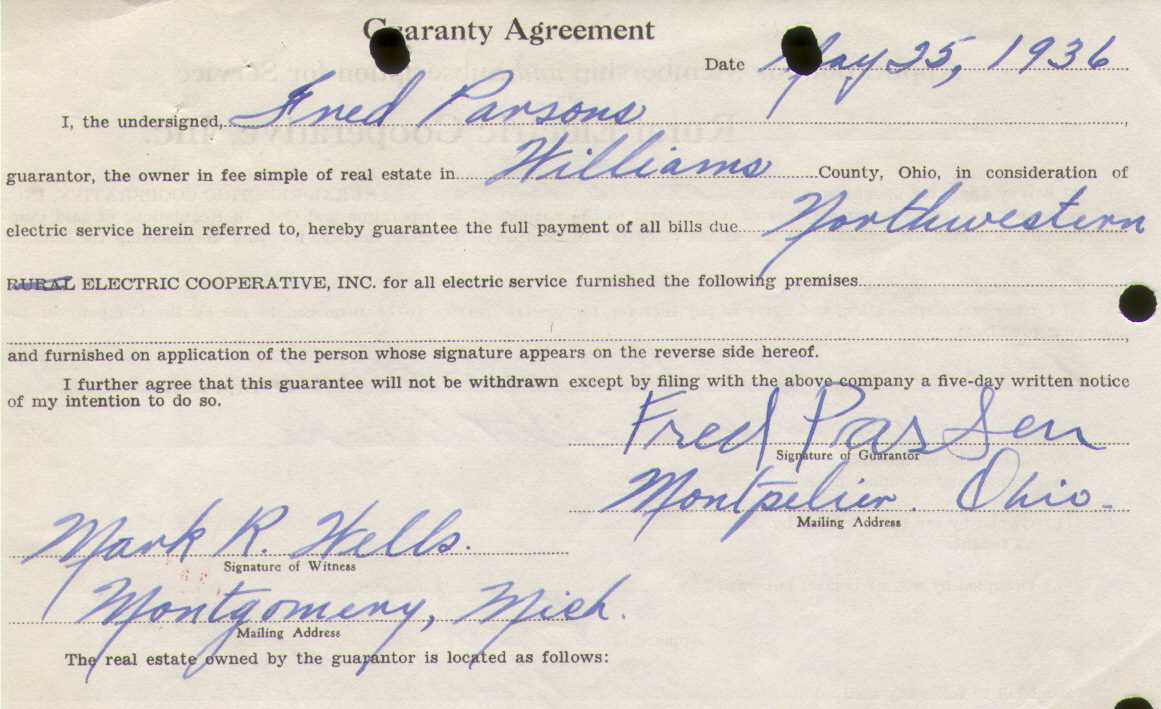By the mid 1930s, almost every urban area in the United States had central station electric service. However, the rural areas were still in the dark. Only about 10% of the people in these outlying regions enjoyed the convenience of electricity.
Why? Because the investor-owned utilities didn’t think they could make money by stringing lines into the countryside. Something needed to be done.
In 1936, a group of northwestern Ohio farmers decided to take advantage of a federal program offered by the Rural Electrification Administration (REA) and form an electric cooperative. They named the cooperative North Western Electric and its purpose was to provide electricity for the people of rural Williams and Defiance counties. In January of 1938, the distribution lines were energized for the first time. At that time, customers only used about 40 KWH per month. Today, that total average is nearly 1,100 KWH.
North Western serves 6,006 consumers with a system consisting of 83 miles of high voltage transmission lines, 868 miles of overhead distribution lines and 133 miles of underground distribution lines. Nine substations, ranging in size from 2,500 KVA to 10,000 KVA, keep the electricity flowing.
There are now nearly 1,000 rural electric cooperatives across the nation serving over 25 million customers.
In 2021, NWEC celebrated 85 years of excellent service to our members.
Membership Application #1


